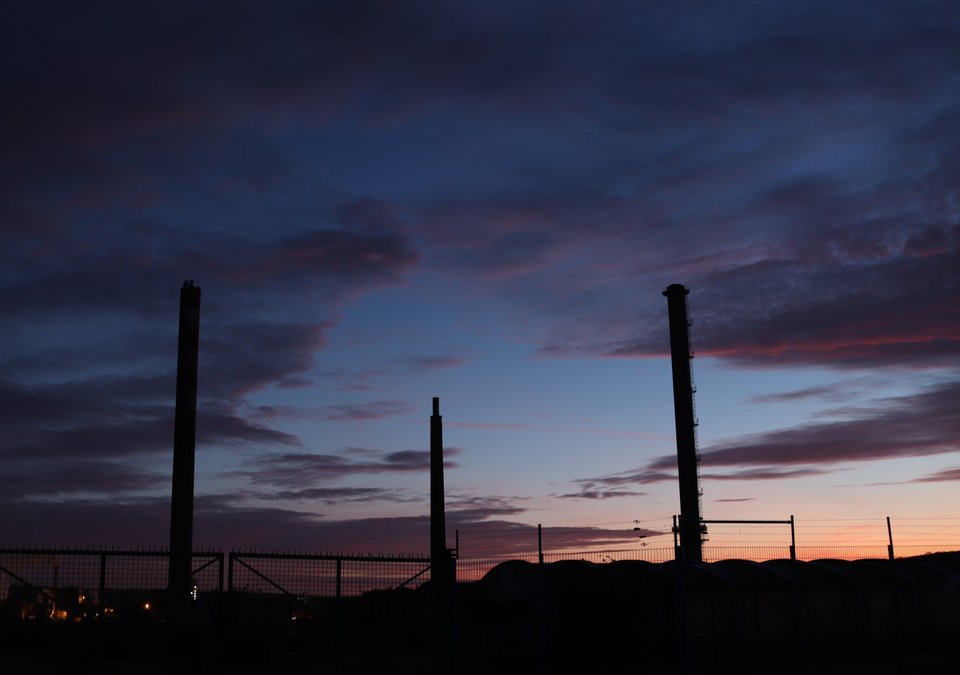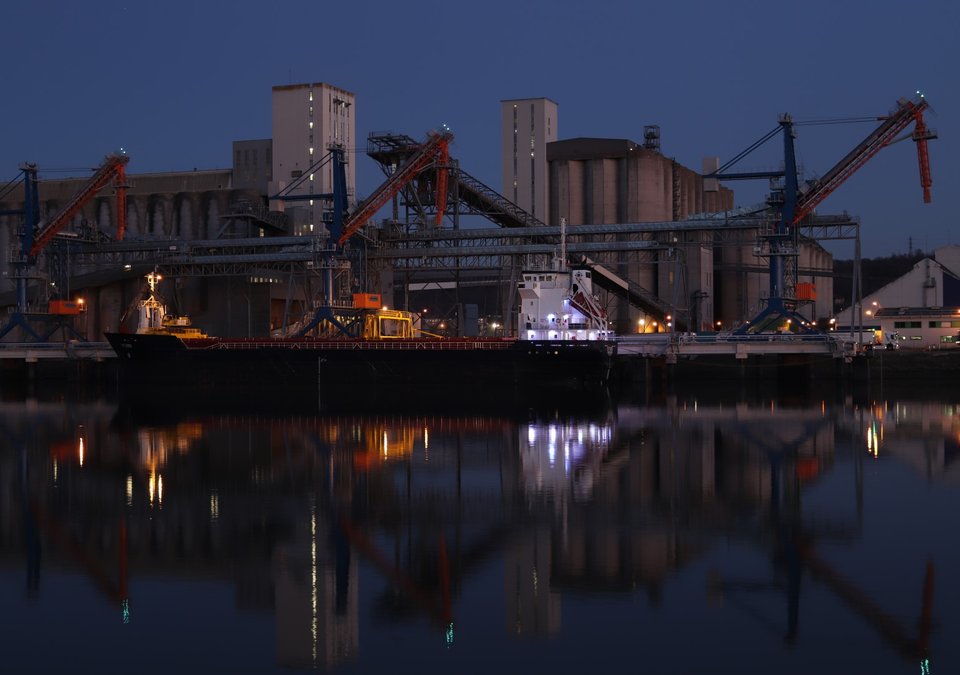Contact us for more details on how we can help.
Hartlepool: York Chambers, York Road, Hartlepool. TS26 9DP
Stockton: 11 Bridge Road, Stockton-on-Tees. TS18 3AD
Wynyard: 12 Evolution, Wynyard Park, Wynyard .TS22 5TB
Barnard Castle: 8 Newgate, Barnard Castle. DL12 8NG
Sunderland: Scanlan House, 23 John Street, Sunderland, SR1 1JG
Email: info@tbilaw.co.uk






